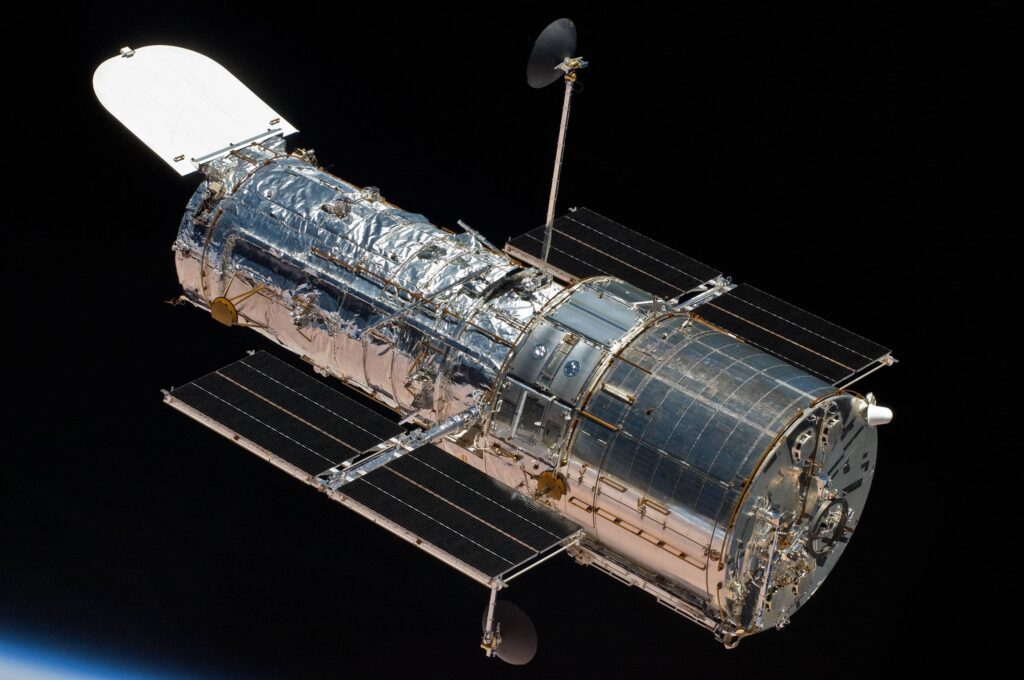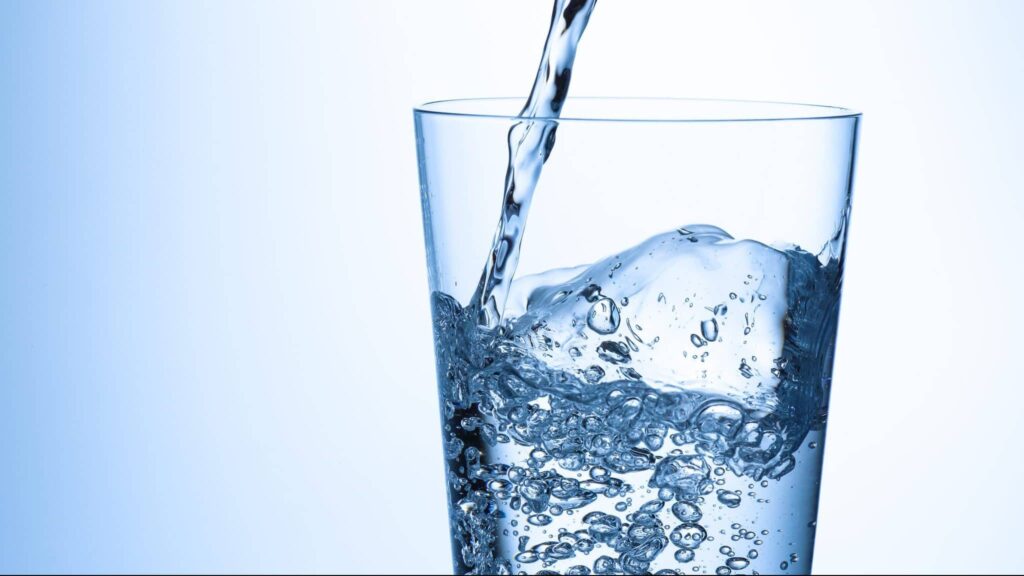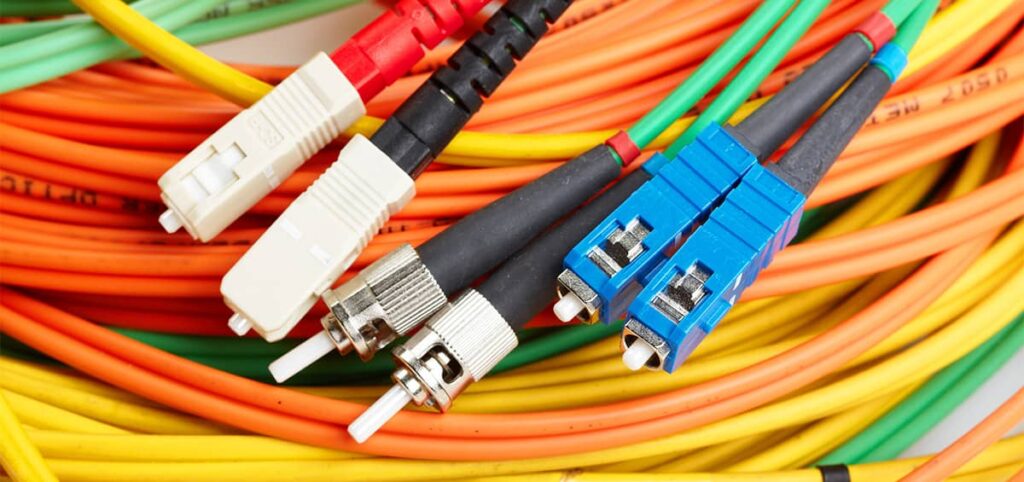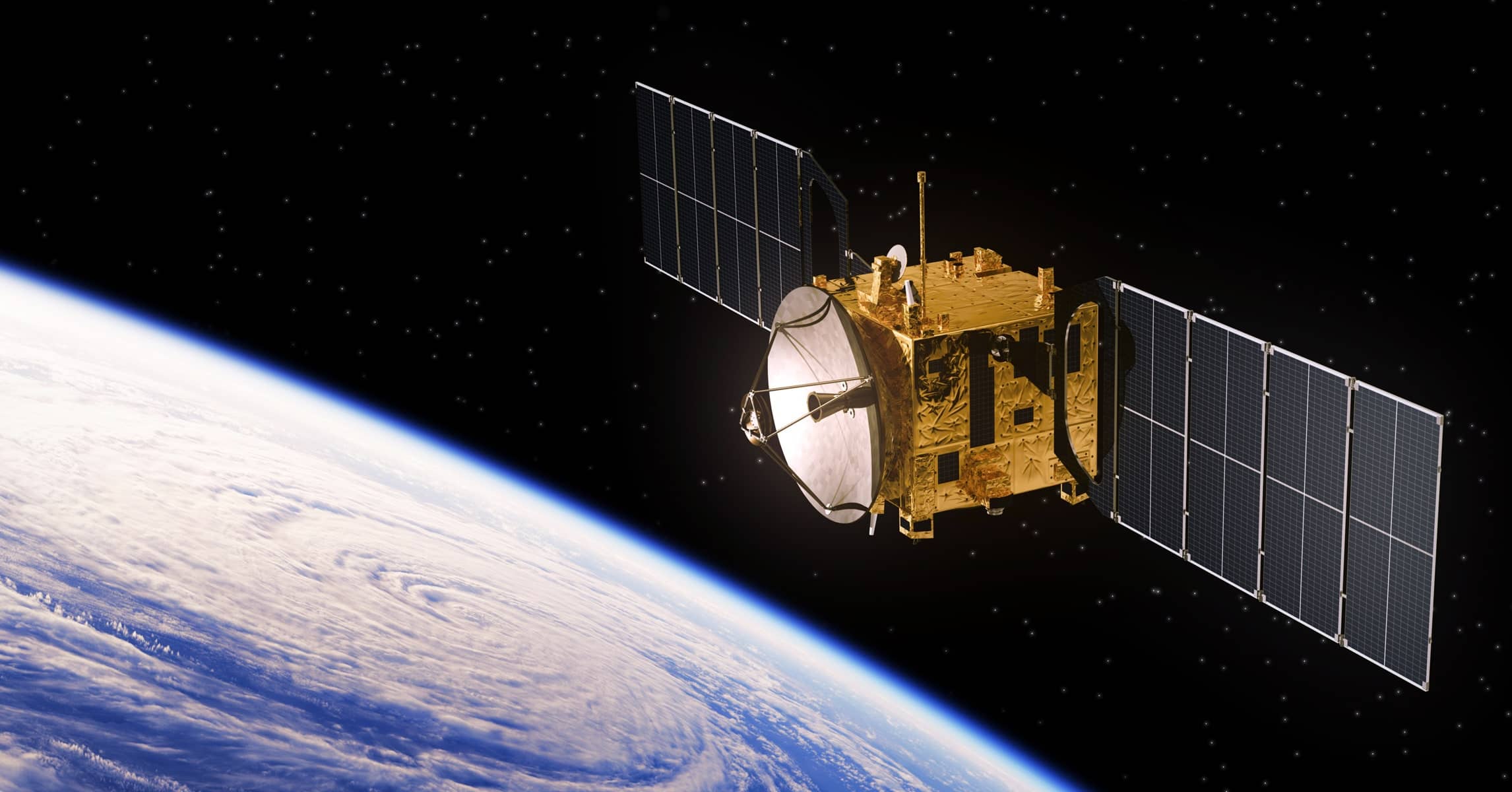We are living in a world where we have a huge list of problems that we humans face ranging from diseases to poverty, that 8.9% of the world’s population goes to bed on an empty stomach, and the list goes on and on endlessly. Many want to cut funding to help fight these humanitarian needs and the first thing that comes to their mind is huge spending on Space Research or Space Science. But they don’t realize that Space Research helps us tackle a lot of different problems. In this article we will discuss what Space Research is and how is it helping us in our daily life
What is Space Research?
Space Research is either carrying out scientific studies in outer space or studying outer space. The term includes scientific payloads at any altitude from deep space to low Earth orbit, extended to include sounding rocket research in the upper atmosphere, and high-altitude balloons. Some of the major space research agencies are National Aeronautics and Space Administration (NASA), Indian Space Research Organization (ISRO), SpaceX, Japan Aerospace Exploration Agency (JAXA) and European Space Agency (ESA).
Many may believe that its related to physics and astronomy only. But in reality Space Research has an diverse amount of fields few of which to name are:

1. Astronomy or Astrophysics
Here they observe and study about the origin of universe and how does it work. They also discover and explore other stars and planets to find whether they could harbor life. Under this field, they have a no. of researches like Big Bang, Physics of the Cosmos, Dark Matter & Dark Energy and Black Holes to name a few. The Hubble Space Telescope has been getting images from very ends of the Universe which has helped us get a better understanding of the Universe
2. Earth Sciences
In this field, they study data on the science of the movement and composition of our planet’s atmosphere; land cover, land use and vegetation; ocean tides, temperatures and upper-ocean life; and ice on land and sea. It is carried out using observational data from satellites and instruments on the International Space Station (ISS). Another help of Earth Science is that it helps in tackling natural disasters like cyclones or dust storms

3. Life Sciences
Here researches are mostly on astrobiology, origins of life, habitability, life in extreme environments. They experiments and observe the effects of space flight on the human body, radiation risks, and study other life sciences like microbes, plants and animals. Also a quarterly journal “Life Sciences in Space Research” is published. It is the official journal of Committee of Space Research (COSPAR) and editor-in-chief of this journal is Dr. Tom Hei (Columbia University Medical Centre)
4. Medicine
In this field, various experiments are undertaken to get a better understanding of various aspects of human health like aging, trauma and diseases. Many of the biological and human physiological experiments have yield successful results. Also a lot of new advances are being made in medical technology, telemedicine, physiological stress response system and cell behavior to name a few.
5. Physics
In this field, usually fundamental physics is studied. Some of the experiments that take place are study of matter, space and time; gravitational physics; understanding the source and location of signals; critical phenomena and the standard model. They are either observational or laboratorial studies. A few technological advances are also seen in lasers, Magnetic Resonance Imaging (MRIs), Computer devices, Atomic clocks and GPS.

6. Space Exploration
It is the use of astronomy and space technology to explore outer space. It is mainly carried out by astronomers who observe, its physical exploration is done by unmanned robotic space probes and human spaceflight. Space exploration is the main sources for space science. Many experiments and missions are there under this field such as Starship which is being developed by SpaceX and a lot of upcoming manned spaceflight by NASA, ISRO, ESA and JAXA to name a few.
How is it helping us?
Well space research is helping us in a no. of ways in our daily lives to name a few:
1. Disaster Management
We tend to face a lot of natural disasters like floods, landslides, cyclones, forest fires, droughts, etc. Satellites provide us with synoptic observations of the natural disaster at regular intervals that help us in better planning and management of disasters. The satellite communication and navigation systems also play an major role in it by improved technological options. This not only helps only save people but also helps us tackle such disasters beforehand. One example of space technology being used in Disaster Management was

Cyclone Fani (2019)
Cyclone Fani which was a extremely severe cyclone or a category 4 hurricane which originated in the southern Indian Ocean back in 2019 and caused damages of more than $8.1 billion . The fast response by 5 ISRO satellites which were INSAT-3D, INSAT-3DR, SCATSAT-1, Oceansat-2 and Megha-Tropiques which kept a close eye on the cyclone and studied the intensity, location and cloud cover around Cyclone Fani. This not only reduce the damage caused but also saved the lives of more than 1.2 million people from affected states of Odisha, Andhra Pradesh and West Bengal.
2. Clean Energy
Sending up a satellite with a huge fuel tank isn’t feasible, so researchers have to think beyond the box. Making sure that they have the ability to actually do their job is one of the most critical aspects of sending things like satellites into space. The improvement of solar cell technology has not only help improve satellites and to harness power from the Sun but also has helped in bringing down the cost and availability for everyone.
Space research has also contributed to battery technology—a crucial component of a viable solar energy system. It has also led to developments in technology where solar is used as a renewable fuel to break water into oxygen and hydrogen. This technology is already being used on Earth to curb pollution.
3. Water Purification
Water is one of the most precious and vital resource for human. But in space we are not able to carry large amounts of water as it will be very expensive to do so. But then for the astronauts to stays hydrated, researchers needed a way to purify and recyle water in a very effective way.

The water purification technology developed on the Apollo mission kills bacteria, viruses and algae, making water safe to consume. These water purification systems are now helping people in poorer countries that don’t have access to clean and clear water. The Water Security Corporation, in collaboration with other organizations, has deployed systems using NASA water-processing technology around the world.
4. Manufacturing of New Materials and Technology
At this time there are only a few materials that can only be made in the microgravity environment of space and have sufficient value back on Earth to justify its manufacture even at today’s high launch costs. The hallmark example is ZBLAN, a fiber optic material that may lead to much lower signal losses per length of fiber than anything that can be made on Earth.

Other on-orbit manufacturing projects underway on the ISS include bio-printing, industrial crystallization, super alloy casting, growing human stem cells, and ceramic stereolithography to name a few. To know more products check out Made in Space.




Nice answer back in return of this query with solid
arguments and explaining all concerning that.
My relatives all the time say that I am killing my time here at net, but I know I am
getting knowledge every day by reading such good articles.
These are really great ideas in regarding blogging.
You have touched some nice things here. Any way keep up wrinting.
[…] broadband to accurate weather forecasting. (To know more on this read my previous article on Space Research). But we can clear out this Space Junk or Space Debris in various other ways which I will talk […]
[…] are thinking it couldn’t get worse, well it could, and it is actually. The scenario of all the space research obtaining something as insignificant as microscopic life on Mars would mean bad luck too. Since […]